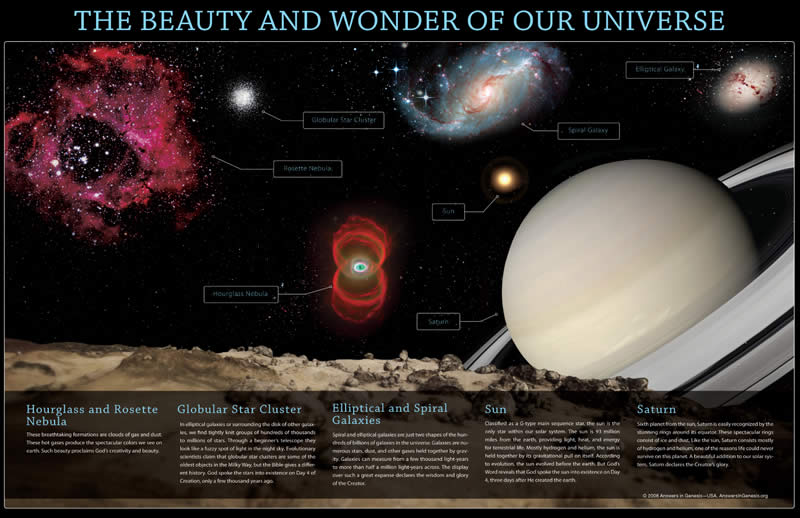

The most prominent of these magnified images is the thickest bright arc above and to the left of the centre of the picture. This phenomenon is called gravitational lensing, because the warped spacetime acts like an optical lens. The mass of the cluster distorts spacetime and bends the light from the more distant objects, magnifying them and in some cases creating multiple images of the same distant galaxy. These are the magnified and distorted images of far more distant galaxies. In the picture you can see elongated arcs of light. One of the prettiest examples which reveals this warping of space can be seen in Hubble’s image of Abell 370, released in 2017.Ībell 370 is a cluster of hundreds of galaxies about five billion light years away from us. If we look at galaxy clusters nearby (relatively speaking, of course), we can see dramatic proof that Einstein was right when he asserted that mass curves space. Some of the most dramatic visible objects are clusters of galaxies which form at the intersection of filaments. On much larger scales than individual galaxies, the universe is structured as a web of filaments (long connected strands) of dark matter. Abell 370Ībell 370 is a cluster of hundreds of galaxies about five billion light years away from Earth. These two clusters include some of the most massive stars known. In the upper left there’s a cluster called the Arches, which was named for the illuminated arcs of gas which extend above it and out of the image. There’s the Quintuplet cluster in the lower left of the image within a bubble where the stars’ winds have cleared the local gas and dust. It contains a massive black hole called Sagittarius A*, a cluster of stars and the remains of a massive star which exploded as a supernova about 10,000 years ago. The bright white region in the lower right of the image is the very centre of our Galaxy.

It also uses infrared light, this time combining data from two Nasa telescopes, Hubble and Spitzer. This image looks deeper into space to the centre of our Milky Way Galaxy. Wang (University of Massachusetts, Amherst) Spitzer: NASA, Jet Propulsion Laboratory, and S. The Galactic CentreĬan you spot the Quintuplet cluster and the Arches? Hubble: NASA, ESA, and Q.D. The cavity is being swept out by winds emanating from energetic new stars which have recently formed deeper within the cloud. Appearing a bit like a thumb and forefinger pointing upwards and slightly to the left, these pillars protrude into a cavity in a giant cloud of molecular gas and dust. This nebula is a site of vigorous star formation.Ī close-up view of a feature near the centre of this image has been called the “ Pillars of Creation”. The Eagle Nebula is 6,500 light years away from Earth, which is quite close by astronomical standards. The next image I’ve chosen is Herschel view of star formation in the Eagle Nebula, also known as M16.Ī nebula is a cloud of gas in space. Until now, the European Space Agency’s Herschel Space Observatory has been the largest. The James Webb Space Telescope will be the largest infrared observatory ever launched. In space, it can also see through dust, which otherwise completely obscures our view. An infrared camera can see objects too cool to be detectable by the human eye. The familiar rainbow of colours is only a tiny fraction of what physicists call the electromagnetic spectrum.īeyond red is the infrared, which carries less energy than optical light. Li Causi, IAPS/INAF, Italy, CC BYĪstronomers can obtain unique information by building telescopes which are sensitive to light of “colours” beyond those our eyes can see. This image allows us to see into the dense, dusty regions of space where star formation takes place. By looking down on the poles of Jupiter, Juno showed us a different view of a familiar planet. I chose this image for its beauty as well as the surprise it produced: the parts of the planet near its north pole look very different to the parts we had previously seen closer to the equator. The images this picture is based on reveal complex flow patterns, akin to cyclones in Earth’s atmosphere, and striking effects caused by the variety of clouds at different altitudes, sometimes casting shadows on layers of clouds below. It captures a cloud system in the planet’s northern hemisphere, and represents our first view of Jupiter’s poles (the north pole). The image was taken in October 2017 when the spacecraft was 18,906 kilometres away from the tops of Jupiter’s clouds. The first image I’ve chosen was produced by Nasa’s Juno mission, which is currently orbiting Jupiter. Enhanced Image by Gerald Eichstädt and Sean Doran (CC BY-NC-SA) based on images provided Courtesy of NASA/JPL-Caltech/SwRI/MSSS This image is sometimes called ‘Jupiter Blues’.


 0 kommentar(er)
0 kommentar(er)
